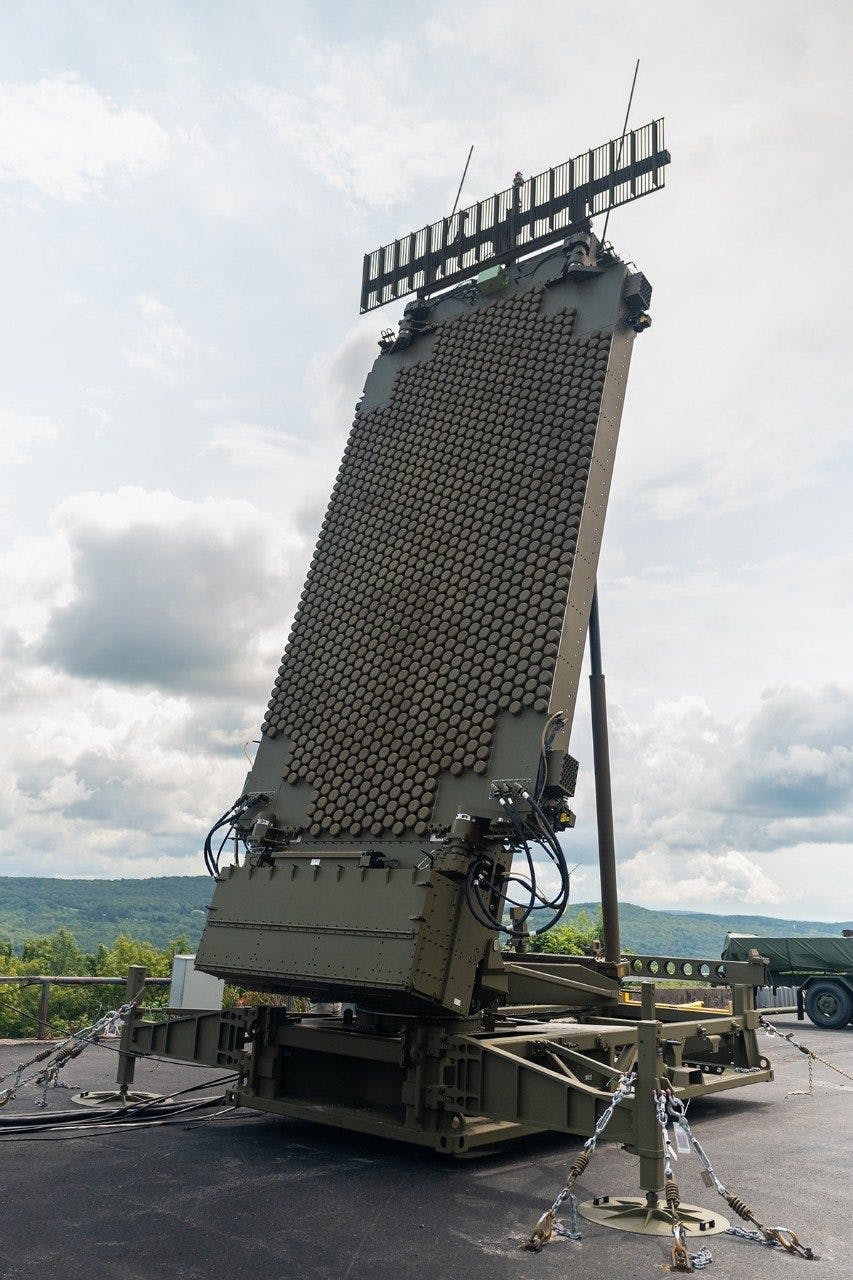Mikros Systems Corporation announced it has received a $5 million production contract from the U.S. Navy for its ADEPT radar maintenance equipment.
The electronic systems technology company, headquartered in Princeton, said in a news release that the Navy will purchase 54 ADEPT units over the next year, deploying them on Aegis destroyers and cruisers in support of the AN/SPY-1 radar on air defense and ballistic missile defense missions.
“We have been looking forward to this award for some time,” Mikros President Tom Meaney said in the release. “It’s a major corporate milestone and validates all of the hard work we’ve done on ADEPT development. We are delighted that the Navy has chosen to move forward with ADEPT production.”
Mikros said the contract increases its engineering backlog to an all-time high of approximately $8 million in work. It added that the systems will be assembled at Mikros’ Largo, Florida, facility.
